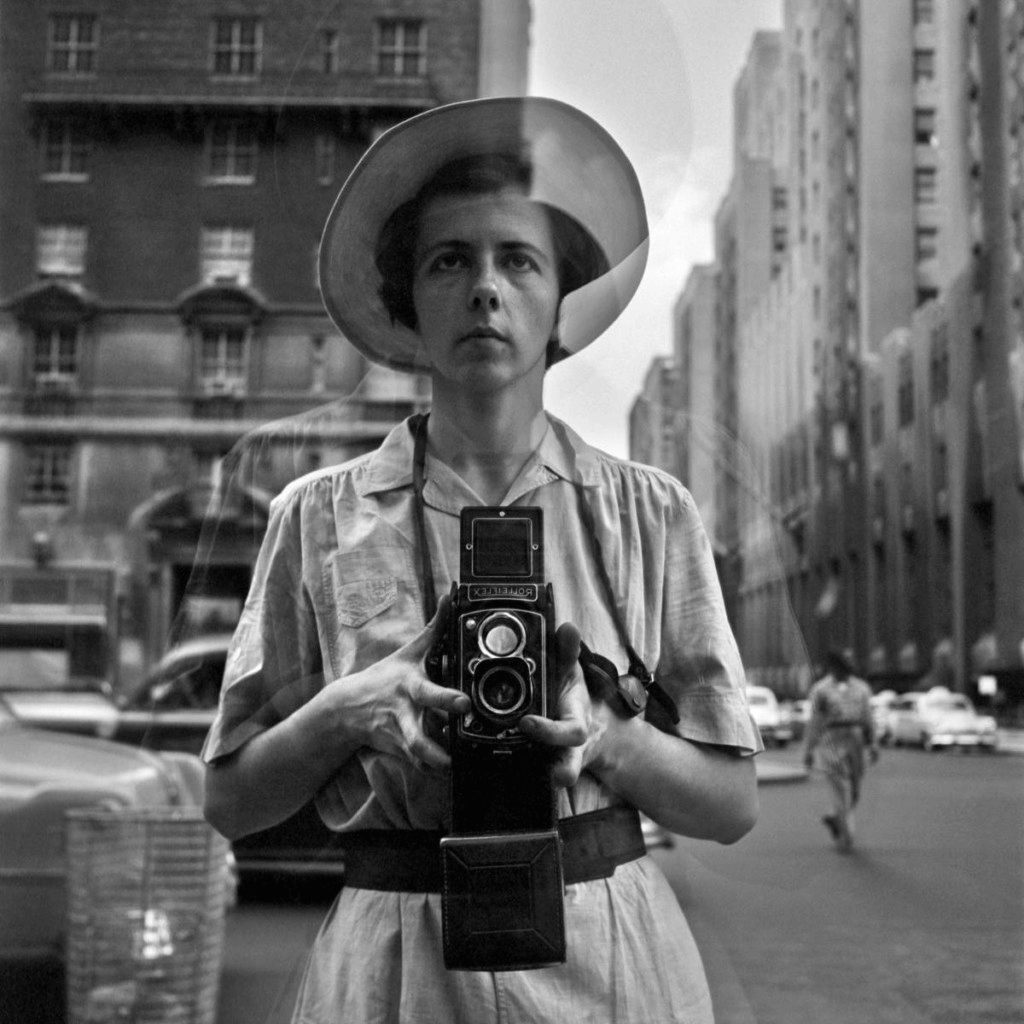The Ultimate Guide To Framing Streets
The Ultimate Guide To Framing Streets
Blog Article
All About Framing Streets
Table of ContentsWhat Does Framing Streets Do?The Facts About Framing Streets UncoveredFraming Streets Fundamentals ExplainedSome Known Incorrect Statements About Framing Streets The 8-Minute Rule for Framing StreetsFraming Streets for Dummies
Digital photography genre "Crufts Dog Show 1968" by Tony Ray-Jones Street photography (additionally often called honest photography) is digital photography performed for art or query that includes unmediated chance encounters and arbitrary incidents within public places, typically with the goal of capturing pictures at a definitive or emotional minute by mindful framing and timing. 
The Best Strategy To Use For Framing Streets
Susan Sontag, 1977 Street photography can concentrate on individuals and their behavior in public. In this respect, the road professional photographer is similar to social docudrama professional photographers or photographers that additionally function in public locations, but with the purpose of recording relevant events. Any one of these digital photographers' pictures might record individuals and property noticeable within or from public places, which frequently requires navigating ethical problems and legislations of privacy, safety and security, and building.
Depictions of day-to-day public life create a category in nearly every period of world art, starting in the pre-historic, Sumerian, Egyptian and early Buddhist art durations. Art taking care of the life of the street, whether within views of cityscapes, or as the dominant concept, shows up in the West in the canon of the Northern Renaissance, Baroque, Rococo, of Romanticism, Realism, Impressionism and Post-Impressionism.
Framing Streets Can Be Fun For Everyone
Louis Daguerre: "Blvd du Temple" (1838 or 1839) In 1838 or 1839 the initial photo of numbers in the road was videotaped by Louis-Jacques-Mand Daguerre in one of a set of daguerreotype views drawn from his studio window of the Boulevard du Temple in Paris. The 2nd, made at the height of the day, shows an unpopulated stretch of street, while the other was taken at regarding 8:00 am, and as Beaumont Newhall reports, "The Blvd, so frequently filled up with a moving bunch of pedestrians and carriages was completely singular, except a person who was having his boots brushed.
His boots and legs were well defined, however he is without body or head, since these were in motion." Charles Ngre, waterseller Charles Ngre. https://www.blogtalkradio.com/framingstreets1 was the first professional photographer to acquire the technological elegance needed to sign up people in motion on the street in Paris in 1851. Professional Photographer John Thomson, a Scotsman dealing with journalist and social protestor Adolphe Smith, released Street Life in London in twelve regular monthly installations starting in February 1877
Getting My Framing Streets To Work
Eugene Atget is related to as a progenitor, not since he was the first of his kind, yet as an outcome of the popularisation in the late 1920s of his record of Parisian roads by Berenice Abbott, who was influenced to take on a comparable documents of New york city City. [] As the city created, Atget aided to promote Parisian roads as Visit Your URL a deserving topic for photography.

Framing Streets Things To Know Before You Buy
Martin is the very first tape-recorded professional photographer to do so in London with a disguised video camera. Mass-Observation was a social research organisation established in 1937 which intended to tape daily life in Britain and to tape the responses of the 'man-in-the-street' to King Edward VIII's abdication in 1936 to wed separation Wallis Simpson, and the succession of George VI. The principal Mass-Observationists were anthropologist Tom Harrisson in Bolton and poet Charles Madge in London, and their initial report was produced as guide "May the Twelfth: Mass-Observation Day-Surveys 1937 by over two hundred observers" [] Home window cleaner at Kottbusser Tor, Berlin, by Elsa Thiemann c. 1946 The post-war French Humanist College digital photographers discovered their subjects on the street or in the diner. Andre Kertesz.'s extensively appreciated Images la Sauvette (1952) (the English-language edition was titled The Crucial Minute) promoted the idea of taking a photo at what he labelled the "decisive moment"; "when type and material, vision and composition merged right into a transcendent whole" - 50mm street photography.
Some Known Details About Framing Streets
The recording maker was 'a covert camera', a 35 mm Contax hidden below his layer, that was 'strapped to the breast and attached to a lengthy wire strung down the right sleeve'. Nonetheless, his job had little modern influence as because of Evans' level of sensitivities about the originality of his task and the personal privacy of his topics, it was not released till 1966, in guide Several Are Called, with an intro composed by James Agee in 1940.
Helen Levitt, then an educator of young kids, connected with Evans in 193839. She recorded the temporal chalk drawings - vivian maier that became part of children's road culture in New York at the time, as well as the youngsters that made them. In July 1939, Mo, MA's new photography section included Levitt's operate in its inaugural exhibitionRobert Frank's 1958 book,, was considerable; raw and commonly indistinct, Frank's pictures examined mainstream digital photography of the time, "tested all the formal rules put down by Henri Cartier-Bresson and Pedestrian Evans" and "flew in the face of the wholesome pictorialism and heartfelt photojournalism of American publications like LIFE and Time".
Report this page